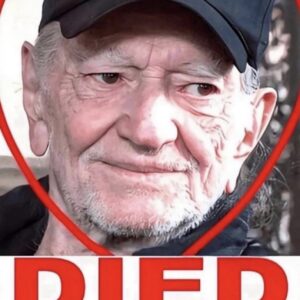Lowcountry twins discover they have 65 siblings throughout the country…

Amelia and Andrew Palmer grew up knowing their father was a sperm donor with the possibility of them having more siblings but neither ever expected that number to be 65.
“I was curious to know more of like my background and my ancestry, as well as figuring out who my father was, and seeing if I could connect to any of the other siblings,” she says. “I didn’t think I had this many; I was thinking maybe two to three.”
A few months later, genetic testing results showed her that she had eight confirmed siblings. Then her twin brother, Andrew, took a different DNA test, finding 18 confirmed siblings.
A news story in Canada shared by their stepmother showed a group of donor siblings that looked similar to both Andrew and Amelia.
“I was like, there’s no way we’re not related,” Amelia adds.
Between DNA results and research on social media, the two confirmed they were related to 65 other donor-related siblings, including seven sets of twins and one set of triplets.
“It was amazing reacting to how many people are related to me; firstly, brothers and sisters,” Andrew says, “And then when it came to knowing that they actually existed in that amount, it’s crazy.”
The “2046 Sibling Group” is named after their father’s donor identification number and has connected through social media and genetic services in recent years.
“It just keeps growing and more keep getting added to the chat and being welcomed in,” Amelia says.
Members of the “2046 Sibling Group” live in Canada, California, throughout the east coast and Midwestst. Their ages range from 14 to 27.
“It causes me to think like I’m in a new life with other beings that are like me, that didn’t know existed,” Andrew says.
Amelia and Andrew traveled to New Jersey last summer to meet some of their brothers and sisters, discovering similar physical traits and interests, with many of them being very athletic and artistic.
“We went to a planet fitness center up there, and all of us were on treadmills at once, which was kind of funny,” Amelia says. “We were just wondering if anyone would notice that we were all related.”
As for the future of their relationships with their siblings, the twins hope to plan annual summer trips to keep everyone connected.
Just working together to learn more about ourselves and to establish that connection, because connections are important,” Amelia says. “Connections are things that are going to help you get through life, and things that can be everlasting; it helps make life worthwhile as well.”
The twins say that a large part of finding new siblings is making sure that everyone feels comfortable and welcomed into their new family.



